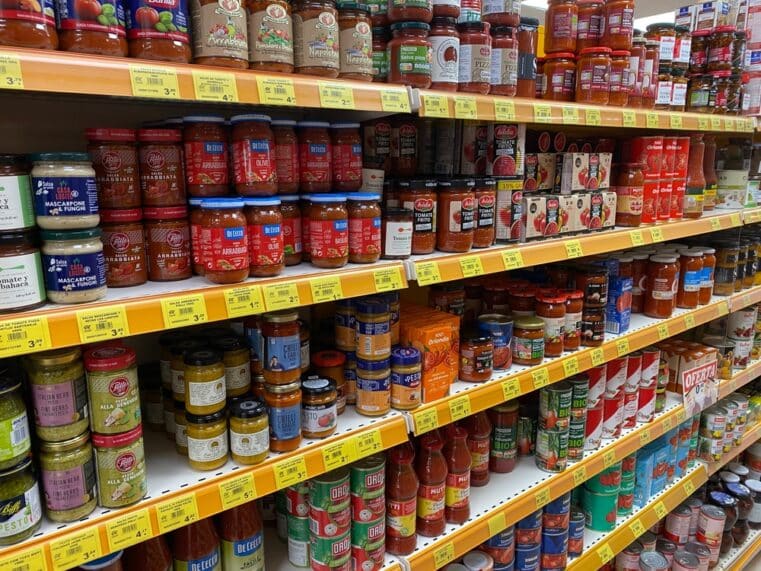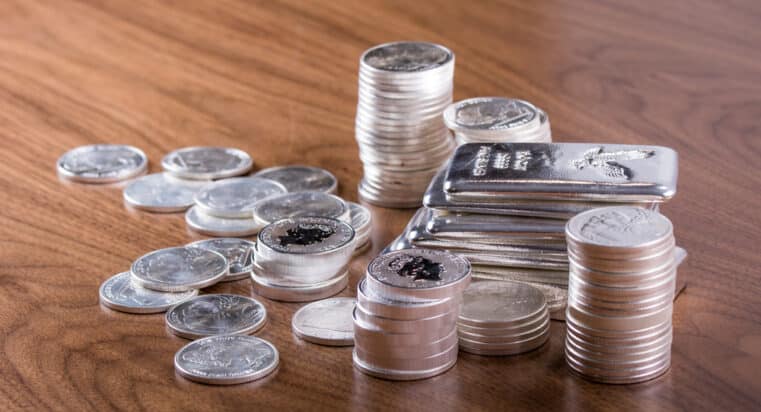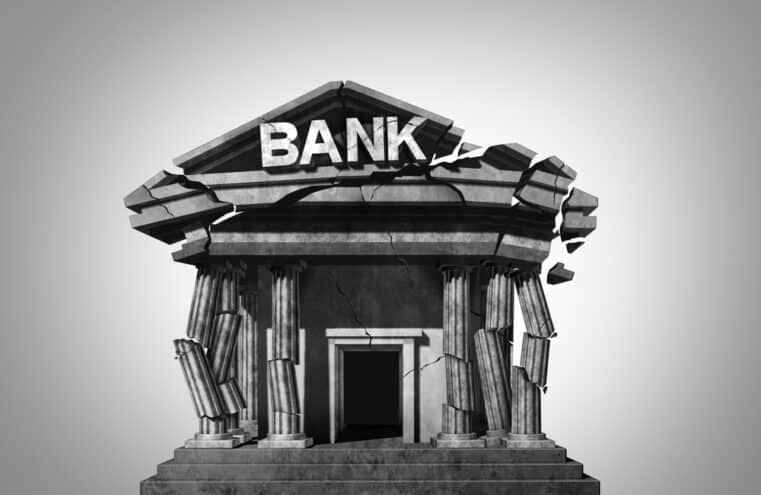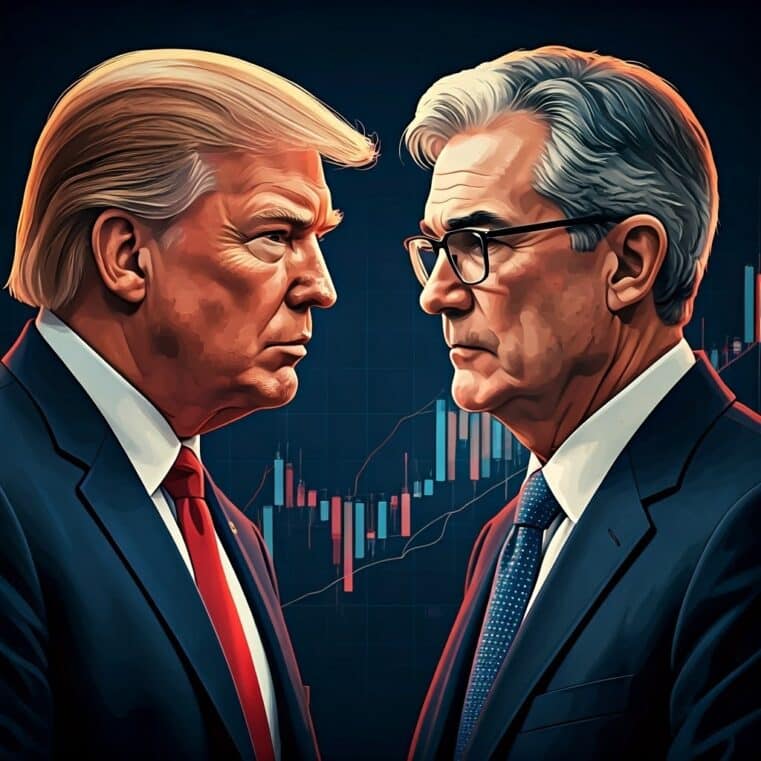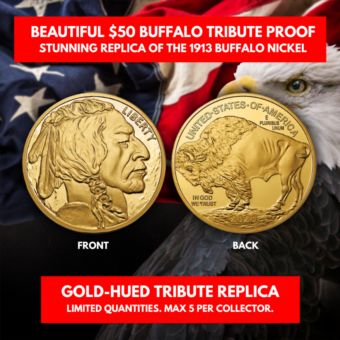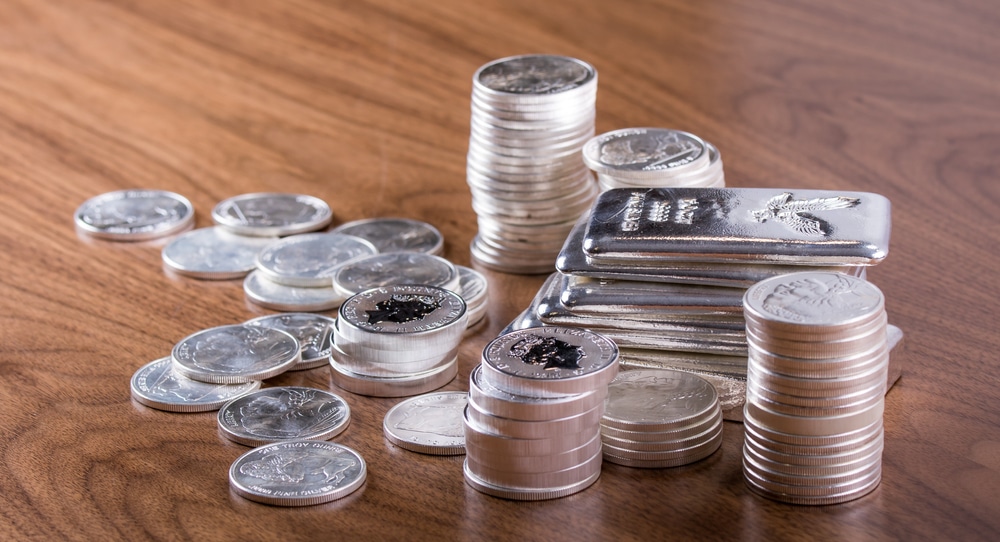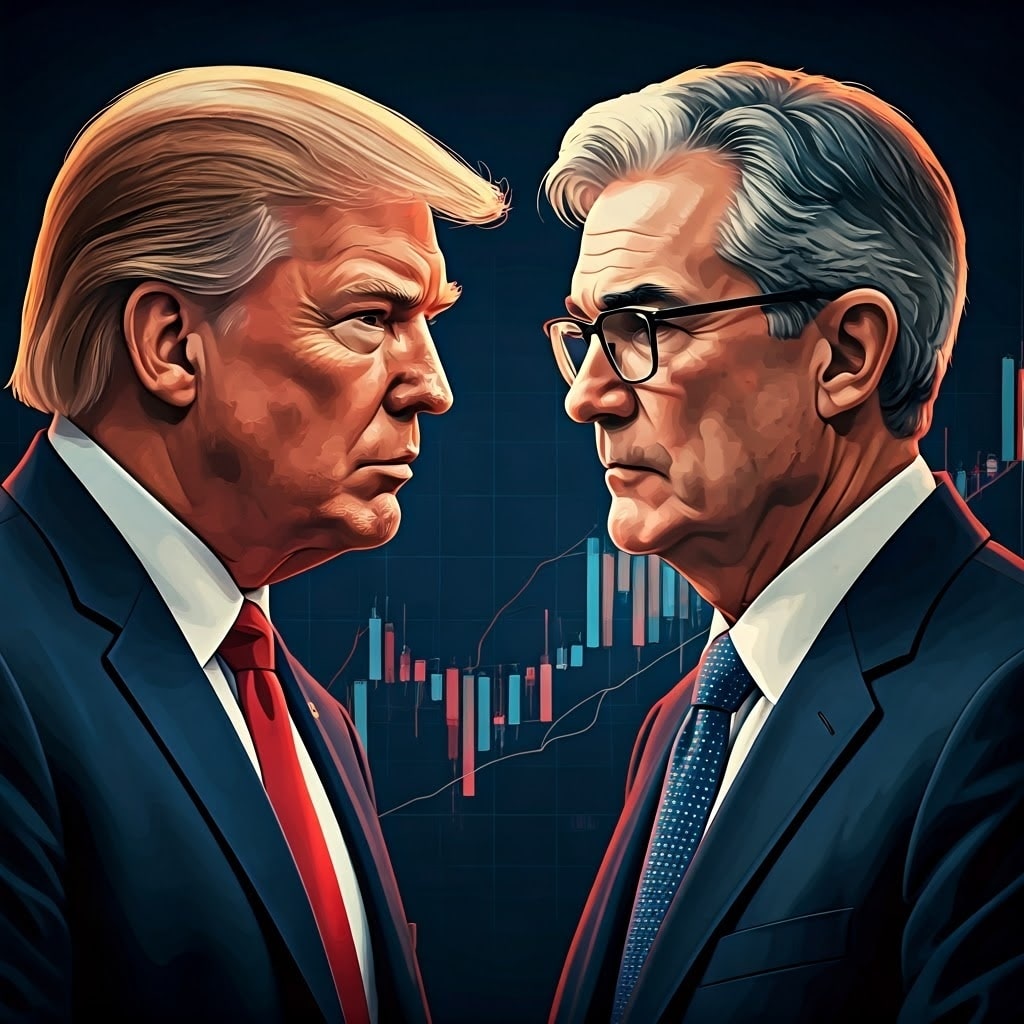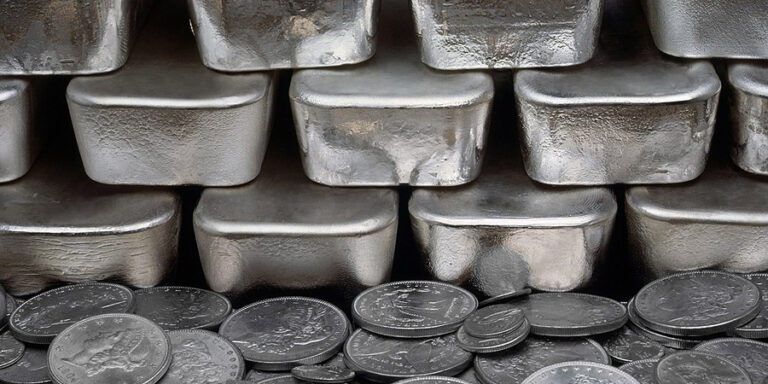
Silver Surges 54% As Investors Seek to Hedge Economic Uncertainty
As we head deeper into the second quarter, silver, gold’s oft-forgotten cousin, staged an impressive 54% rally from its March lows, outperforming both the S&P 500 and 30-Year Treasury Bonds, as investors seek safety from the increasingly-uncertain economic environment.
COMEX futures reached a high of $18.16 per troy ounce on Tuesday from its March 18 low of $11.64. At this point, silver retraced 95% of its decline from its Feb 24 high of $18.92. When the coronavirus pandemic took hold of the markets in March, investors responded to the resulting crash, selling stocks and, surprisingly, precious metals to raise cash or to invest in US Treasuries.
As mainstream investors sold their metals (gold and silver) financial institutions and seasoned investors scooped it up, lifting gold to levels nearing a 7-year high, and closing the 5,000 year high ratio between gold and silver.
Despite silver’s recent gains, outperforming gold’s rally over the last 2 months, there’s still upside left, as silver--both a precious and industrial metal--tends to complete its rise after a recessionary period, when global industry once again finds its footing.
Although the silver supply had been dwindling over the years, demand for the metal had decreased, most of it coming from the industrial side, matching the slowing pace of the global economy. Mainstream investors have largely stayed away. But as businesses reopen, many of these investors who initially shunned the metal are now piling into silver, some of them to speculate on a long-term economic recovery, others to hedge against the negative effects of central bank easing.
Analysts at Capital Economics stated in a recent note, “We think safe-haven demand for silver will continue to be a key driver of prices going forward.” It’s important to note that not all analysts are in agreement. Many analysts are wary of this trend, believing that an economic recovery may actually reverse silver’s course. We can assume that the naysayers view silver as a hedge against equities, and not, more importantly, as a hedge against dollar dilution and purchasing power erosion.
On this last note, it’s important to understand the position from which an analyst is coming. Some analysts view precious metals as a mere “return source,” that is, a long-term speculation. Most others view them as a hedge against market declines, something that’s not necessarily consistent, making their comments on metals more or less unreliable. Almost no standard analyst will view gold and silver as sound money, simply because most traditional economists view the dollar itself as being sound enough--a misguided falsehood.
We don’t know whether the economy in the near term is going to recover, fall into a long-term recession, or, worst case scenario, plunge into a depression. But that’s reason enough to apportion a segment of your portfolio into silver (remember, it rises during economic recovery and hedges currency in times of economic uncertainty and decline). The gold/silver ratio presented investors with an unprecedented opportunity as it reached upward of 120 to 1. That window of opportunity has now closed, and hopefully you were able to benefit from that anomaly of a spread. As for now, we’re not out of the woods yet, and we might venture deeper as the second quarter yields even more dismal economic data.
If you’re not hedged now, there’s still time.





